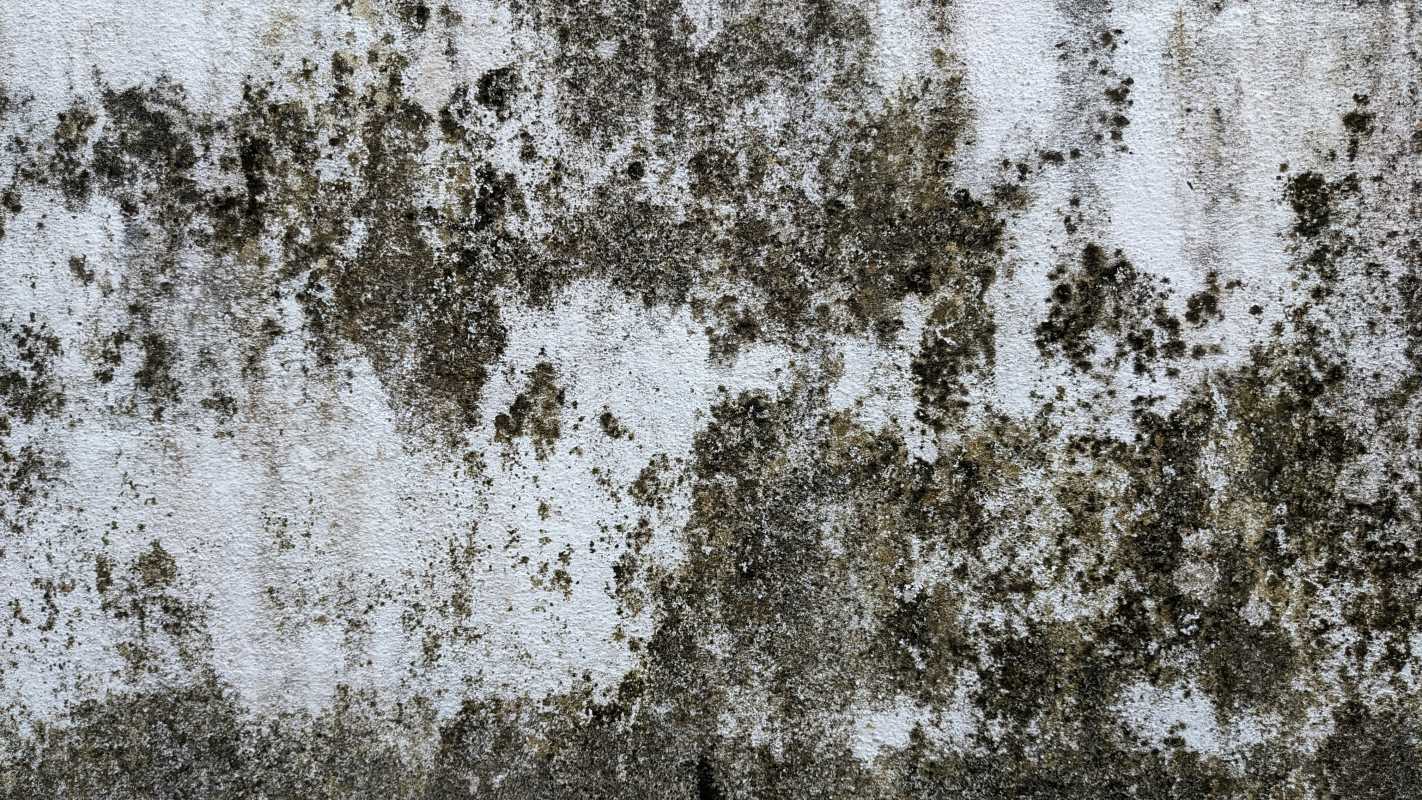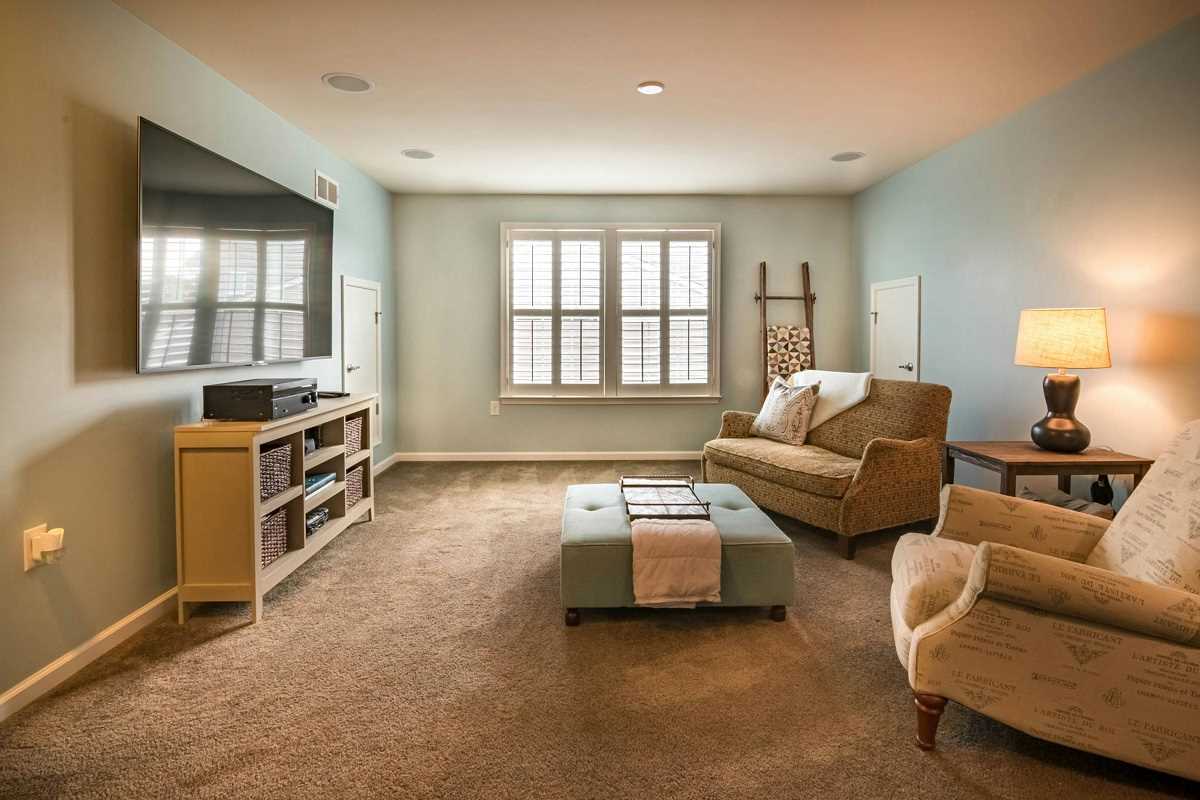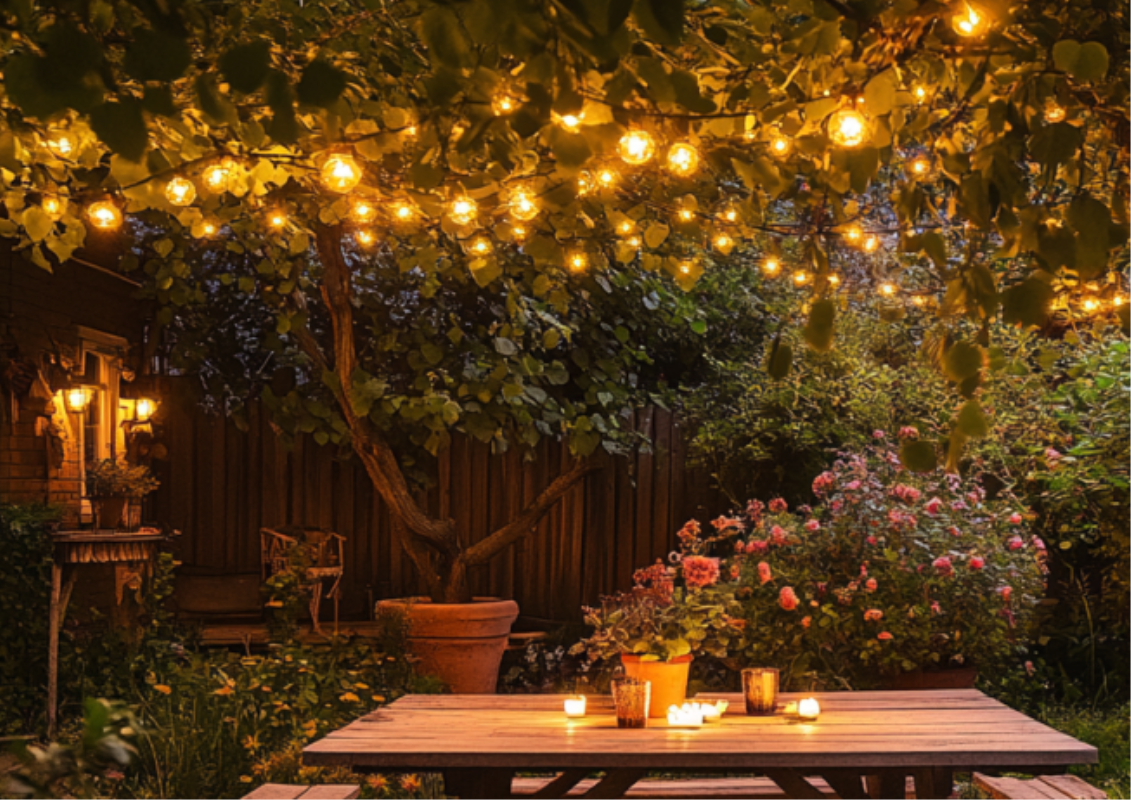Household mold can be sneaky, hiding in plain sight and causing trouble before you even notice it. Spotting the early signs is really important for maintaining a healthy home and preventing potential damage. Mold lives best in dark, damp conditions, and it doesn’t take long for it to spread once it finds the perfect environment. Understanding the clues that mold is present can help you act before it becomes a bigger issue. This guide breaks down the most common signs of household mold so you can protect your home and your family. From strange smells to mysterious stains, these indicators will help you identify and address mold problems early on.
Unexplained Musty Odors
A strong, musty smell often serves as one of the first signs of mold. This odor is hard to miss and can be overpowering in confined spaces like basements or closets. The smell is caused by microbial volatile organic compounds (MVOCs), which are released as mold grows. Even if you can’t see mold, that distinct earthy scent could mean it’s hiding somewhere nearby.
Take a closer look in areas where the smell is intense. Check behind furniture, inside cabinets, or around appliances that use water, like dishwashers or washing machines. Mold can grow out of sight, so don’t overlook hidden spots when investigating the source of the odor.
Discolored Walls or Ceilings
Mold often reveals itself as strange, discolored patches on walls or ceilings. These spots can appear in a variety of colors, including black, green, brown, or even yellow. A telltale sign is when the discoloration spreads or darkens over time.
Pay extra attention to areas near water sources, such as bathrooms, kitchens, and laundry rooms. Mold tends to form on drywall, wood, or plasterboard, especially if there has been a recent leak or water damage. Even small stains could indicate a larger issue beneath the surface.
Peeling or Bubbling Paint
Paint that starts to bubble, peel, or crack without an obvious reason could be a red flag. Mold growing underneath a painted surface can cause it to lift and deteriorate. This is especially common in bathrooms or along window frames where condensation frequently builds up.
If you notice paint issues combined with other signs like discoloration or a musty smell, it’s more likely that mold is the culprit.
Persistent Allergies or Respiratory Symptoms
Persistent allergy-like symptoms, even when you’re inside your home, could be related to mold exposure. Mold releases tiny spores into the air, which can trigger allergic reactions in some people. Watch out for symptoms such as:
- Constant sneezing or coughing
- Watery or itchy eyes
- Skin irritation
- Sinus congestion or headaches
These symptoms may worsen in rooms where mold is present. If several members of your household experience similar issues, it’s worth investigating your home for hidden mold.
Visible Mold Growth
Actual mold colonies are one of the most obvious signs, yet many people mistake them for dirt or dust and ignore them. Mold often appears as fuzzy or slimy patches. Common areas to find visible mold include shower tiles, grout lines, and window sills.
Mold can also grow inside air conditioning units or HVAC systems, so check vents and filters regularly. Black mold, known for its dark and tar-like appearance, is a particularly concerning type to look out for.
Recurring Water Damage Stains
Water marks that don’t disappear after repairs could mean mold is living behind the surface. Even after leaks have been fixed, mold can develop in the damp materials left behind. These stains usually appear as irregular patches and may feel damp to the touch.
Inspect ceilings, walls, and floors in areas that have experienced past water damage. Mold could be growing within the structure even if you can’t see it on the surface.
Warped or Soft Flooring
Floors that feel spongy, warped, or soft when you walk on them may be harboring a mold problem. Moisture from leaks or spills can seep into flooring materials, creating the perfect environment for mold to grow. Wooden floorboards or laminate surfaces are especially vulnerable.
Check under carpets or rugs in areas prone to moisture, like around sinks or near exterior doors. You might also notice a damp smell when investigating moldy flooring.
Condensation on Windows or Walls
Frequent condensation often leads to mold growth. Constant water droplets on windows or walls indicate high humidity levels, which mold loves. Over time, that moisture can feed hidden mold colonies around window frames, curtains, or wall corners.
Monitor areas with consistent condensation, especially during colder months. Small fixes like improving ventilation can reduce moisture and help prevent mold growth in these spots.
Mold in Hidden Corners
Mold has a knack for hiding in hard-to-see places. Look out for mold colonies in the following often-overlooked locations inside your home:
- Behind furniture placed against exterior walls
- Inside cabinets under the sink
- Behind or around appliances like refrigerators or water heaters
- Inside attic spaces and crawl areas
A flashlight can help you inspect these spaces thoroughly, especially in darker corners where mold thrives undisturbed.
Damp or Wet Spots That Don’t Dry
Persistent dampness is one of mold’s closest companions. Pay attention to areas like bathroom mats, basement floors, or leaky pipes that always seem wet. Even if you clean or mop regularly, moisture that doesn’t dry completely creates the perfect breeding ground for mold.
Check for moisture in rooms where it shouldn’t normally be, such as closets or spare bedrooms. Mold can start growing in as little as 24-48 hours if moisture lingers.
Strange Black or Green Marks on Textiles
Mold isn’t limited to walls and floors. It can also appear on fabrics such as curtains, upholstered furniture, or even clothing in damp environments. Black, green, or gray spots on these surfaces are often an early warning sign.
Keep an eye on stored items in basements or closets. Mold-infested clothing or fabrics may also have the same musty odor that indicates trouble.
 (Image via
(Image via





